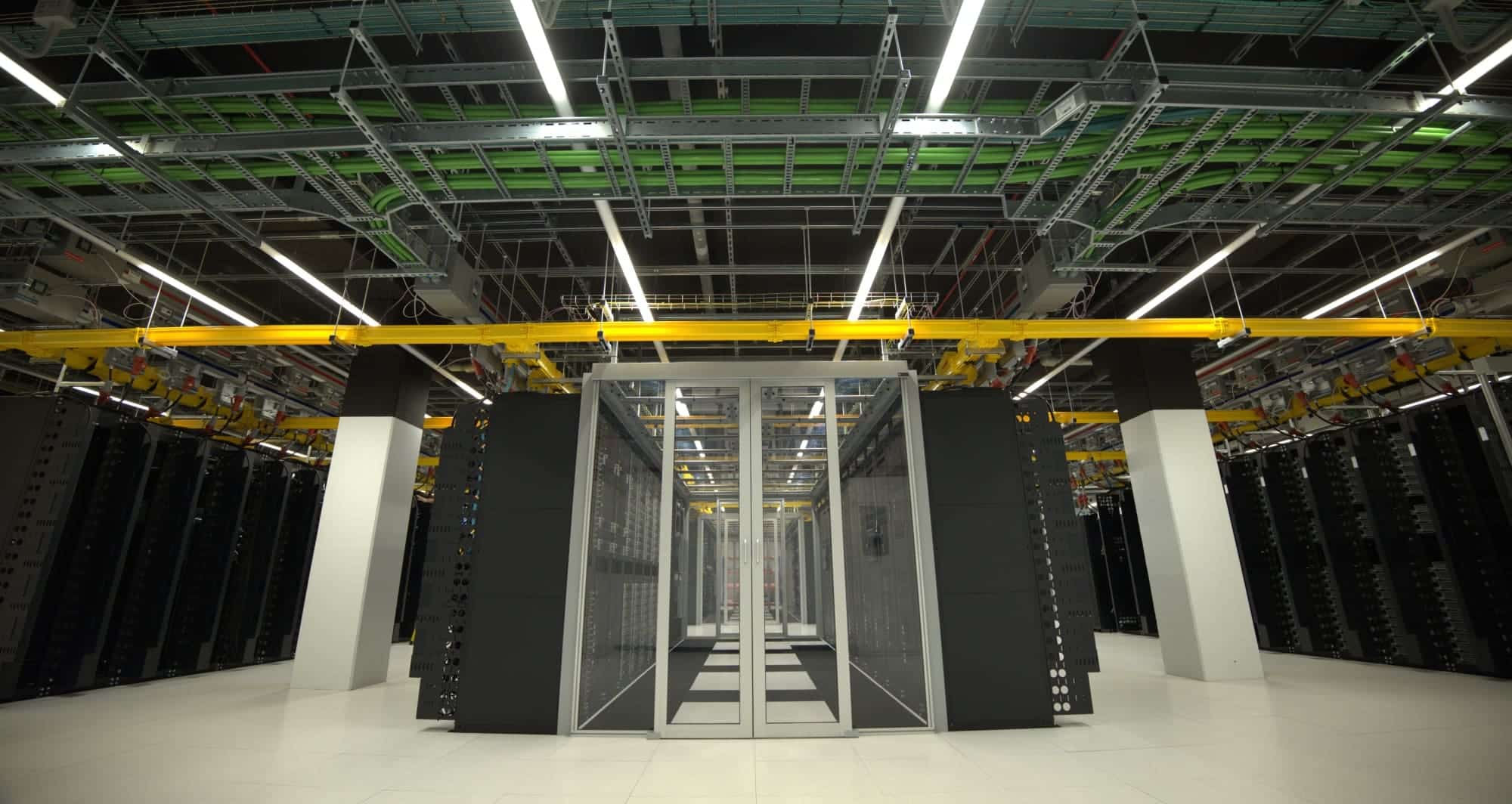The Department of Energy identifies land with capacity for up to 1 GW of power to boost AI infrastructure before 2028
In a move that reinforces the role of the United States in the global tech race, the Department of Energy (DOE) has identified 16 federal sites suitable for the accelerated construction of data centers, aimed at deploying advanced infrastructure for artificial intelligence (AI) and supercomputing in record time. Some of these locations could host centers with up to 1,000 MW of operational capacity.
Through a Request for Information (RFI) launched this week, the DOE is seeking private-sector interest in developing these lands, many of which are adjacent to existing energy infrastructure and have streamlined permitting processes for new generation sources, including nuclear power or combined-cycle gas.
The project aims for some of these centers to begin operations before the end of 2027, directly responding to executive orders from President Trump aimed at “removing barriers to American leadership in AI” and “unlocking national energy potential.”
Ready sites, available energy, and federal ambition
Among the selected sites are:
- Argonne National Laboratory (Illinois): with a 110-acre parcel, a 1,000 MW data park is projected, just 37 km from Chicago and benefiting from state tax exemptions for data centers.
- Brookhaven National Laboratory (New York): near the Caithness Long Island Energy Center, it could host a new data center powered by a 750 MW plant.
- NREL Flatirons Campus (Colorado): infrastructure available for 100 MW ready to begin construction in 2025, ideal for large-scale energy integration testing.
- Princeton Plasma Physics Laboratory (New Jersey): campus with 100 MW of energy capacity and a water supply contract for 55 million gallons annually.
Additionally, Los Alamos National Laboratory (New Mexico) is already working on an upgrade to its Strategic Computing Complex (SCC), with a capacity of 70 MW for HPC and AI. The possibility of enabling 100 MW of additional capacity through electrical upgrades and new sources like nuclear microreactors or gas turbines is being evaluated.
“The race for AI is the new Manhattan Project”
In a tone filled with symbolism, Secretary of Energy Chris Wright stated that “the global race for AI is the new Manhattan Project” and emphasized the role of national laboratories as innovation platforms. “The United States can and will win this race,” he asserted, highlighting the Trump administration’s strategy to position the country as a leader in AI, energy efficiency, and technological sovereignty.
Michael Kratsios, Director of the White House Office of Science and Technology, added: “The administration is unlocking federal resources to build the data centers needed for a future driven by artificial intelligence.”
A model for deploying critical infrastructure
The 16 identified sites — which include iconic laboratories like Oak Ridge, Sandia, Fermilab, or Savannah River — represent a coordinated approach among defense, energy, and technology. The initiative recalls the spirit of massive innovation programs from the mid-20th century, but now directed toward critical digital infrastructure.
Furthermore, additional locations are being considered, including a recent proposal to develop a 500 MW data center at a military base in Tucson, Arizona, as reported by DataCenterDynamics in March.
Next steps
Interested companies have 30 days to respond to the RFI, opening the door to a wave of public-private initiatives aimed at accelerating the deployment of large data centers on federal land. The emphasis on the availability of land, energy, water, and connectivity demonstrates a clear vision: to make the United States the global epicenter of computing for AI, without relying on foreign capital or vulnerable supply chains.
In a context where generative AI, machine learning, and foundational models require massive and energy-intensive infrastructure, this action positions the federal government as a direct facilitator of the AI ecosystem, reminiscent of the great industrial plans of the past. Will this be the definitive push for American technological leadership? The board is already set.
Source: DataCenterDynamics

